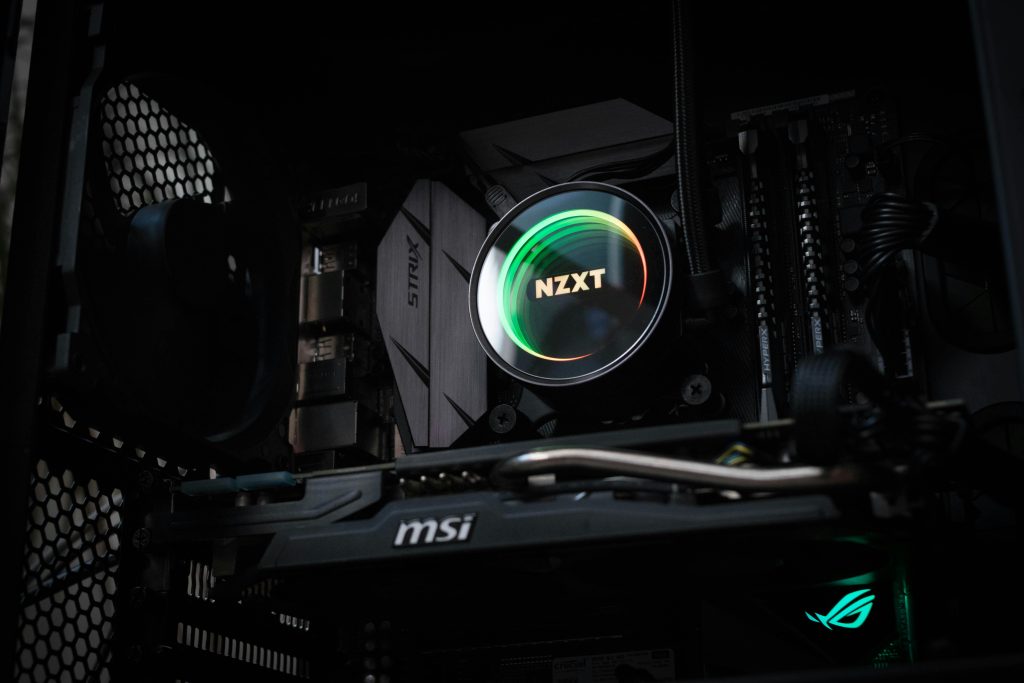Safeguarding Old Hard Drives: Effective Strategies for Data Recovery and Preservation
As technology ages, many of us encounter the challenge of retrieving valuable data from vintage storage devices. Whether it’s an old hard disk drive (HDD) loaded with cherished family photographs or critical documents, the process of data recovery on outdated hardware can be daunting, especially when the device is unreliable or failing.
Understanding the Situation
Imagine an HDD dating back to the early 2000s, containing irreplaceable family photos and important work-related files. Attempting to access these files via a connected computer often results in system crashes or hardware malfunctions due to the drive’s age and overall condition. This makes direct copying risky, as it could further damage the drive or compromise data integrity.
Recommended Approaches for Data Preservation
- Avoid or Minimize Direct Use of the Old Drive
If the drive causes system instability, refrain from using it as your main storage device or attempting to copy files directly. Instead, consider safer methods to retrieve the data.
-
Use a Dedicated Data Recovery Environment
-
Connect via a Safe Interface: Use a SATA/IDE to USB adapter or external drive enclosure designed for HDD recovery. This minimizes the risk to your computer and isolates the affected drive.
-
Operate on a Stable System: Connect the drive to a newer, reliable computer. Ensure your system’s antivirus and maintenance tools are up-to-date before proceeding.
-
Employ Data Recovery Software
-
There are specialized tools designed for retrieving data from damaged or failing drives, such as Recuva, EaseUS Data Recovery Wizard, or Stellar Data Recovery.
-
These tools can scan the drive for recoverable files and facilitate copying data onto a stable storage medium like a USB flash drive or external hard drive.
-
Consider Professional Data Recovery Services
If the drive is physically damaged or software solutions are insufficient, professional recovery specialists can often retrieve data with specialized hardware and cleanroom environments. While this involves costs, it substantially increases the chances of successful data retrieval, especially for precious files like family photos or important documents.
Additional Tips
- Create a Sector-Level Backup (Disk Image): If possible, make a complete image of the old drive using tools like ddrescue (Linux) or Clonezilla. This allows experimenting with recovery without risking further damage to the original drive.
- Power Supply and Handling: Ensure the drive is powered properly and handled carefully. If the drive makes unusual noises (click
Share this content:



